Idrw Team
SOURCE: IDRW.ORG TEAM
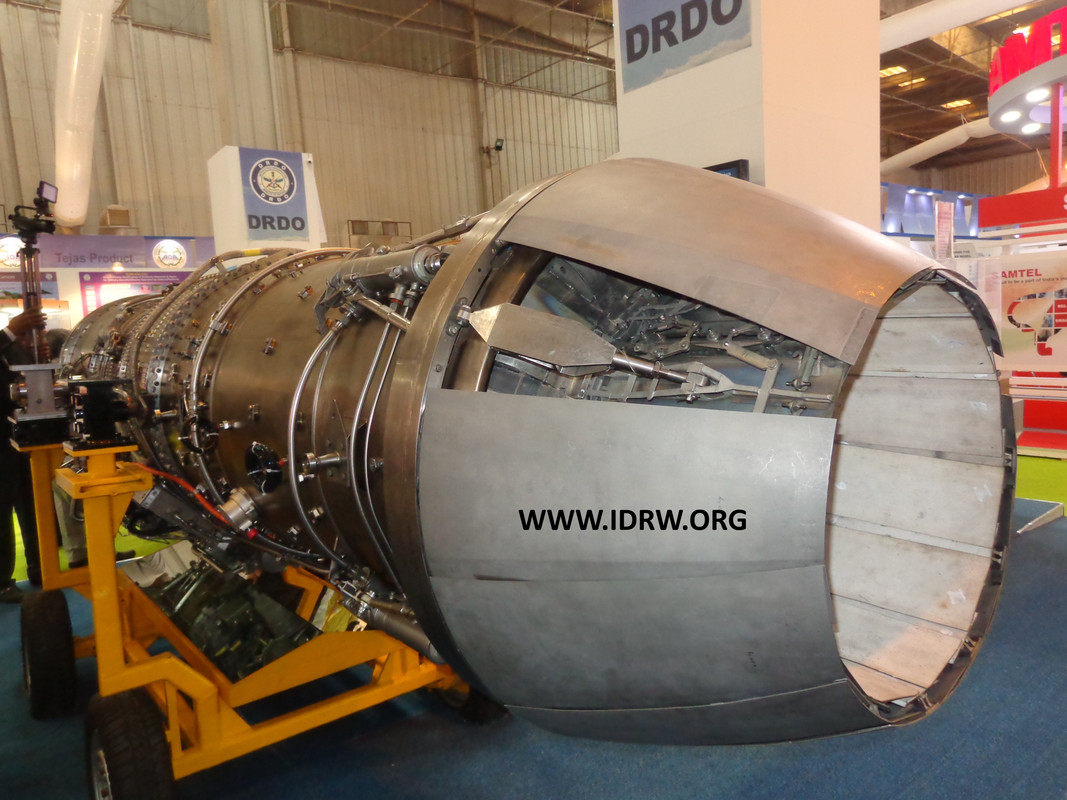
India’s ambitious Advanced Medium Combat Aircraft (AMCA) program, aiming to develop a fifth-generation fighter jet, is nearing a crucial stage in its engine selection process. While the Defence Research and Development Organisation (DRDO)’s Gas Turbine Research Establishment (GTRE) continues discussions with potential partners, Safran of France appears to be taking the lead in the race.
The AMCA program requires a high-thrust engine in the 110-120kN class, significantly more powerful than engines currently used in India’s fighter jets. GTRE is actively seeking collaboration with a foreign partner to co-develop this critical technology, ensuring both expertise and timely delivery.
Continue readingSOURCE: IDRW.ORG TEAM

Tonbo Imaging has unveiled its latest innovation, the Infinity EOIR fire control system, designed to revolutionize the way crew-served weapons like the AGS-30 automatic grenade launcher are operated. This advanced multi-sensor system boasts a range of features that promise unparalleled accuracy, increased first-hit probability, and enhanced situational awareness in all weather and visibility conditions.
At the heart of Infinity lies a powerful combination of optronics and inertial sensors. These sensors work in tandem to provide a disturbed reticle, which automatically compensates for barrel movement and environmental factors, allowing for rapid target acquisition and engagement. This translates to faster reaction times and a significant increase in first-hit probability, crucial in high-pressure combat situations.
Continue readingSOURCE: IDRW.ORG TEAM

Hindustan Aeronautics Limited (HAL) has recently revamped its website, and eagle-eyed aviation enthusiasts have spotted a significant update: a new render of the Combat Air Teaming System (CATS) Warrior UCAV. This updated image reveals a sleeker, more lethal Warrior, sporting several key changes that hint at the evolving capabilities of this ambitious Indian drone project.
Gone are the single air intakes of the previous CATS Warrior design, that now sports a split intake design. The new render boasts of twin PTAE-7 turbojet engines, a substantial upgrade that HAL Claims will come with increased thrust, speed, and overall operational range.
Continue readingSOURCE: IDRW.ORG TEAM

EON Space Labs, a rising star in the Indian startup ecosystem, has recently unveiled its latest innovation – the EON IR NAGA, a powerful Long-Wave Infrared (LWIR) thermal camera. This compact and lightweight camera boasts impressive features and specifications, making it ideal for a wide range of applications.
The EON IR NAGA is a powerful and versatile LWIR thermal camera that represents a significant leap forward in Indian-made thermal imaging technology. Its combination of high performance, compact design, and affordability makes it an attractive option for various users, from professionals to hobbyists. With its impressive features and potential applications, the EON IR NAGA is poised to make a major impact on the thermal imaging market.
Continue readingSOURCE: IDRW.ORG TEAM
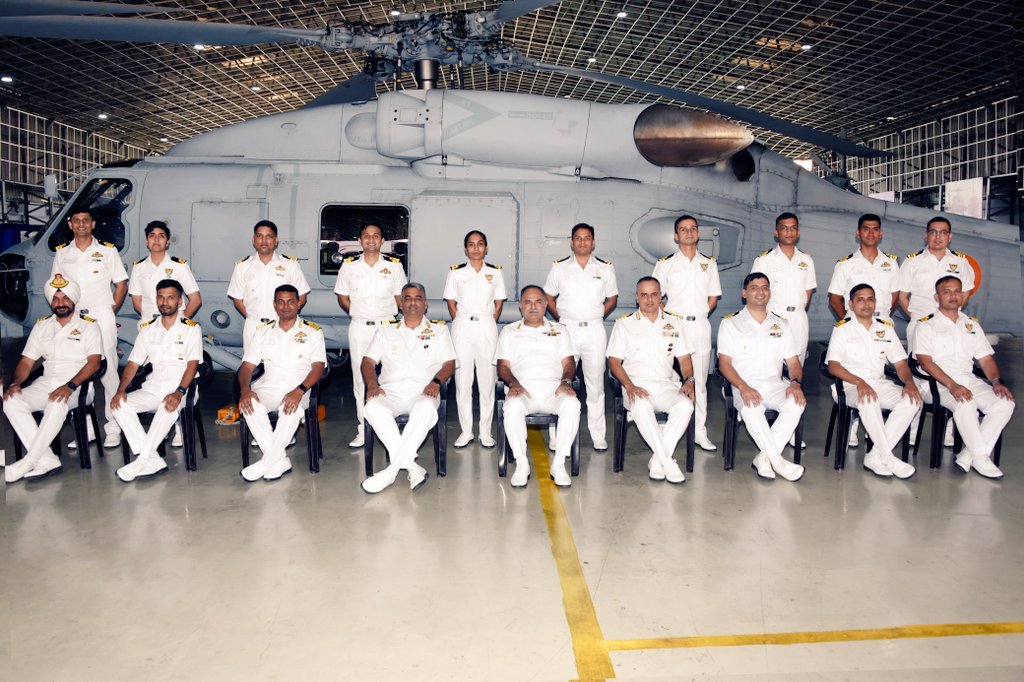
In a significant milestone for self-reliance in maritime defense, the Indian Navy has successfully completed the maiden in-country pilot training for the multi-role MH-60R Seahawk helicopters. The graduation ceremony at INS Garuda, Kochi, marked a proud moment for the trainees and a stepping stone towards achieving “AtmaNirbharta” (self-reliance) in this advanced platform.
Rear Admiral Anshuman Chauhan, Assistant Chief of the Naval Staff (Air Materiel), presented graduation parchments to the successful trainees, commending their dedication and skill. The ceremony also lauded the completion of conversion training for Air Operations officers, including two pioneering women officers, and competency training for technical personnel.
Continue readingSOURCE: IDRW.ORG TEAM

Hindustan Shipyard Limited (HSL) is poised to embark on a monumental project: the construction of one of the Indian Navy’s largest indigenously designed and built ships, the 43,000-ton Fleet Support Ships (FSS). This marks a significant milestone in India’s quest for self-reliance in the maritime domain, aligning perfectly with the government’s vision of Aatmanirbhar Bharat (self-sufficient India).
The journey towards this achievement began with extensive hydrodynamic studies conducted in a specialized towing tank. These tests successfully validated the ship’s design, confirming its ability to achieve a crucial speed of 20 knots. This critical milestone paves the way for HSL to translate the blueprint into reality, marking a major leap forward in India’s shipbuilding capabilities.
Continue readingSOURCE: IDRW.ORG TEAM
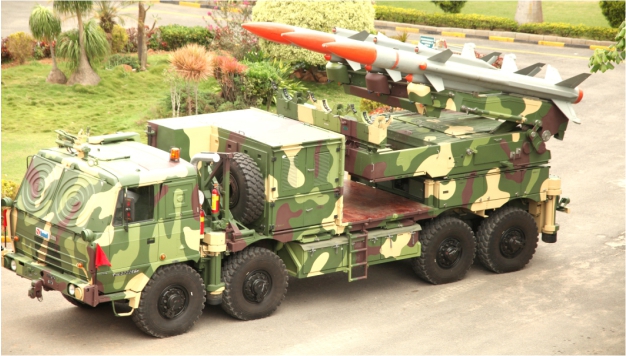
Last year India’s homegrown Akash Air Defence System was featured in the Export list for the first time while indented Customers remained a mystery until now. BDL and DRDO Still Remain tightlipped about the customer and the Order Value along with the Variant that has secured orders for the Akash Air Defence System, but people familiar with the program have now confirmed that it was Armenia that placed the order for the Akash Air Defence System. The Armenian military has opted for the Army variant of the Akash system, which features an integrated truck-based configuration instead of the trailer-based variant used by the Indian Air Force.
For some time name of Sudan as a potential buyer of the Akash Air Defence System was going around but that was not substantiated officially.
Continue readingSOURCE: IDRW.ORG TEAM
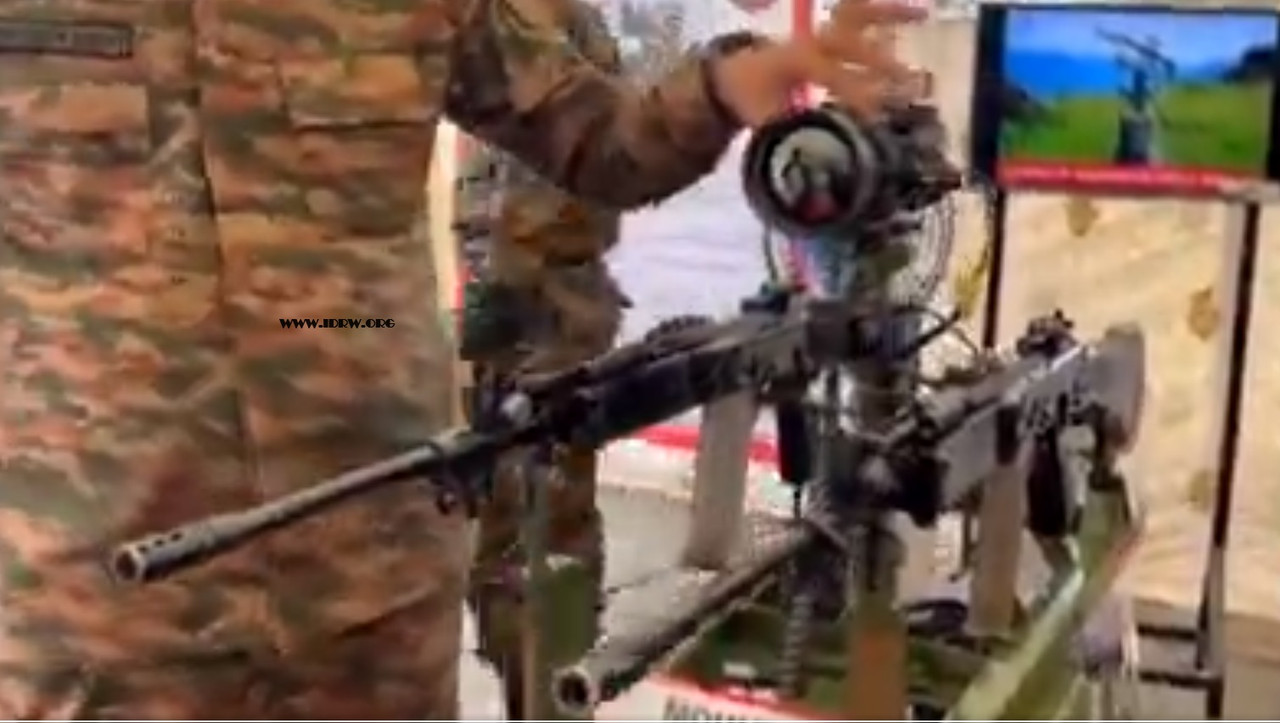
The Indian Army (IA) has taken a leap forward in firepower and tactical flexibility with the unveiling of its in-house developed Automated Twin Weapon Firing System. This innovative system promises to revolutionize combat operations in diverse scenarios, from anti-drone defense to securing vulnerable and remote areas.
The system’s defining feature is the twin-weapon mount, capable of simultaneously wielding INSAS rifles. This firepower duplication translates to enhanced suppression capability and quicker target neutralization, particularly against fast-moving threats.
Continue readingSOURCE: IDRW.ORG TEAM
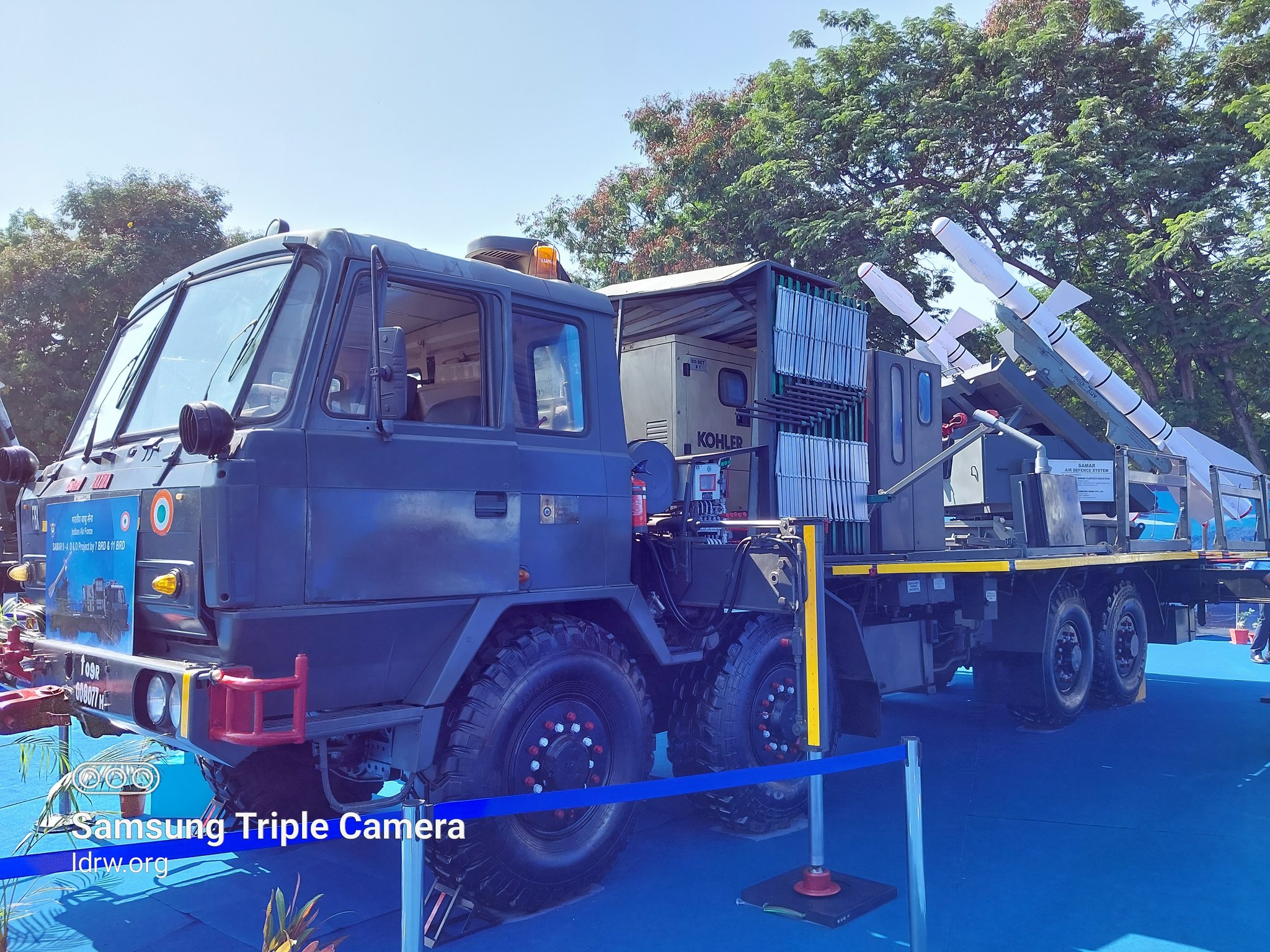
The Indian Air Force (IAF) has issued an Expression of Interest (EOI) for the repair, refurbishment, and life extension of its Russian-made R-73 and R-27 air-to-air missiles. This initiative aims to enhance the operational capabilities and lifespan of these crucial weapons systems, ensuring the IAF’s continued air dominance.
The EOI specifically seeks proposals for joint ventures (JVs) between Indian companies and the Original Equipment Manufacturers (OEMs) of the missiles. This collaboration is expected to leverage the expertise of both parties, ensuring high-quality repair, refurbishment, and life extension work while also promoting technology transfer and fostering the development of India’s defense industry.
Continue readingSOURCE: IDRW.ORG TEAM

The Defence Research and Development Organisation (DRDO) is in talks with Armenia for the potential sale of missile systems, following the successful conclusion of deals for Pinaka multi-barrel rocket launchers and ATAGS artillery guns earlier this year.
While DRDO officials have not publicly confirmed the specific missile types being offered to Armenia, People familiar with the matter told idrw.org that India is keen on providing the BrahMos Supersonic Cruise Missile and the Pralay Short-Range Ballistic Missile (SRBM).
Continue readingSOURCE: IDRW.ORG TEAM

In a significant stride towards bolstering the capabilities of the Indian Army and expanding its global footprint, the Kalyani Group, through its subsidiary Bharat Forge, has locally manufactured the Kalyani M4 4×4 Armoured Personnel Carrier (APC).
This indigenously developed APC is not only tailored to meet the specific needs of the Indian Army but also showcases a host of improvements and design changes that set it apart from its counterparts, particularly those offered by the Paramount Group. With an eye on international markets, Kalyani Group is now poised to export the Kalyani M4 to Middle Eastern and African countries.
Continue readingSOURCE: IDRW.ORG TEAM

The Gas Turbine Research Establishment (GTRE) has partnered with a private company in India to develop the necessary standard operating procedures (SOPs) for integrating the Kaveri engine into the Light Combat Aircraft (LCA) Tejas. This collaboration marks a significant step forward in the program, which is gearing up for limited flight trials of the aircraft equipped with the indigenous Kaveri engine for technological demonstration purposes.
Integrating a new engine into an existing aircraft is a complex process that requires careful planning and execution. The air inlet, propulsion subsystem, and engine must be seamlessly integrated to achieve optimal performance and safety.
Continue readingSOURCE: IDRW.ORG TEAM

The Indian Army has unveiled a novel and innovative drone system designed to deceive enemy radar systems, showcasing its commitment to encouraging in-house technological advancements. This system, mounted on quadcopter drones, uses Luneburg lenses to mimic the radar cross-section (RCS) of the Indian Army’s own helicopter fleet, such as gunships and utility helicopters.
The key principle behind this system lies in its ability to create false radar echoes that mimic the signature of actual helicopters. By deploying these “decoy drones” equipped with Luneburg lenses, the Indian Army can mislead enemy radar operators into believing that a larger force of helicopters is present in a specific area. This deception can serve several tactical purposes, including:
Continue readingSOURCE: IDRW.ORG TEAM
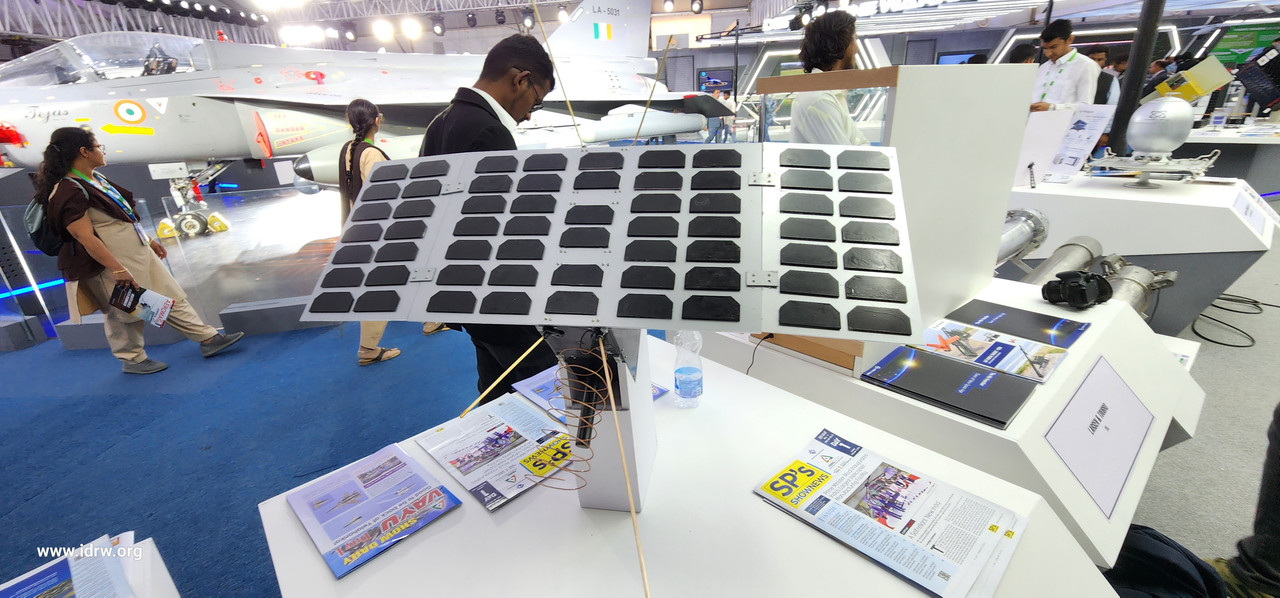
The Indian Air Force (IAF) has proposed a significant name change, reflecting its ambition to expand its capabilities into the space domain. The proposed new name, “Indian Air and Space Force” (IASF), would mark a major shift in the organization’s focus and highlights its commitment to becoming a comprehensive aerospace power.
This move comes at a time when the strategic importance of space is rapidly increasing. Recent conflicts have clearly demonstrated the decisive role space-based assets can play in modern warfare. From satellite communication and navigation to intelligence gathering and precision targeting, space capabilities have proven to be Force multipliers, significantly impacting the outcome of military operations.
Continue readingSOURCE: IDRW.ORG TEAM

DRDO’s recent monthly bulletin publication has once again generated buzz with its prominent display of the Agni-5 MkII missile on a poster. This move is seen as a strategic tease, hinting at the significant advancements India has made in its missile technology.
The Agni-5 MkII is a highly anticipated upgrade to the existing Agni-5 missile. It represents a significant leap forward in India’s strategic capabilities, allowing the nation to expand its reach without attracting excessive international attention.
Continue reading